Discover Crime Pays But Botany Doesn't
Crime Pays But Botany Doesn't

Crime Pays But Botany Doesn't
Author: Tony Santore
Subscribed: 1,058Played: 42,290Subscribe
Share
© Copyright Tony Santore
Description
Why do some plants grow where they do? How can geology cause new plant species to evolve? Why are some plants pollinated by flies, some by bats, some by birds, and others by bees? How does a plant evolve to look like a rock? How can destroying lawns soothe the soul? This is a show about plants and plant habitat through the lens of natural selection and ecology, with a side of neurotic ranting, light humor, occasional profanity, & the perpetual search for the filthiest taqueria bathroom.
273 Episodes
Reverse
Rants about the plant life of the state of Hidalgo Mexico, including but not limited to Cephalocereus senilis, Fouquieria fasciculata, Fouquieria purpusii, Magnolia scheidiana, obsidian piles, and more. All episodes of The Crime Pace podcast are available for ad-free listening on the Patreon at : https://www.patreon.com/CrimePaysButBotanyDoesntMexico Plants Checklist : https://drive.google.com/file/d/1a5GcJ39ysO_n2XbsazLZeyF9H1wDi4Zx/view?usp=drivesdkDiversidad Floristica Oaxaca : https://drive.google.com/file/d/1-EXwZV3FOd5sahIE2wlnUmqN_JcLC4bB/view?usp=drivesdk
In this episode we rant about cacti that grow in ephemeral lagoons, 1500 year old Montezuma Cypresses, cryptic cacti that grow in salty mud basins, Mexican Jays dispersing weeping pinion pine seeds, a fern that grows out of marble, how the summer-wet/winter-dry habit affects some carnivorous plant forms, and more...Reminder that episodes of this podcast are available ad-free on the Crime Pays Patreon at www.patreon.com/crimepaysbutbotanydoesnt
Ad-Free episodes of the Crime Pays But Botany Doesn't podcast are available on the Patreon atwww.patreon.com/CrimePaysButBotanyDoesntRollie Williams is host of the youtube series "Climate Town". In this episode, we talk about "supplying demand" Capitalism, the Oil Lobby, why certain interests are just so dang good at propaganda, how the CEOs became the heroes and the scientists became the bad guys, palm oil plantations, ethanol, government-sponsored cheese caves and more.
Reed Booth and his assistant Hosh are killer bee exterminators based out of Bisbee, Arizona. In this episode we talk about the ferocity of the scutellata hybrid (aka "killer bees"), the fact that this hybrid doesn't occur in nature ANYWHERE, why most feral honeybee colonies end up being dominated or taken over by the scutellata hybrids, the reductions in native bee and plant biodiversity that the presence of both feral and domesticated honeybees results in, and why it may just not be a good idea to keep backyard honeybees anymore (at least in North America).
Ad-Free episodes of the podcast are available on the Patreon at : www.patreon.com/CrimepaysbutbotanydoesntKrystle Hickman is a biologist, native bee researcher, and conservationist from Los Angeles, California and author of the book "The ABCs of California's Native Bees". In this 2-hour conversation we talk about how to identify bees to genus, different groups of native bees (IE longhorn bees, cactus bees, leaf cutter bees, sweat bees, Euglossine bees, and more), specialist relationships between native bees and native plants, how native bees could be utilized to pollinate human crops simply if farmers created hedgerows of native plants in between their fields, how honeybees reduce native bee species diversity as well as reducing fitness in native plants, how to get good macro photos and more.
A 2 hour conversation with Alexis Nicole Nelson aka Black Forager about connecting with the living world, ethnobotany, lawn-killing, native plants, hopefulness and humility, using native plants for fibers, and a sh*t ton more.Full episodes of the Crime Pays Podcast can be listened to ad-free on the Patreon at:https://www.patreon.com/CrimePaysButBotanyDoesnt
Cyrus Harp is an ethnobotanist, ethnobiologist and author based out of Cetral Texas. In this episode we talk about a number of different plant species, chipping chert, using Agave & Yucca for fiber, Agarita (Berberis trifoliolata) as dye, Mescal Beans and the history of pre-European human settlement and botany in Texas.
Ethan Tapper is a forester, author and ecologist out of Vermont, USA. He advocates for a practice called "Ecological Forestry", as opposed to the short-term-gain/long-term-loss management style that has seemingly dominated the lumber industry for decades (centuries). He is the author of a book called "How to Love a Forest", released on Broadleaf Press in September 2024. In this conversation we talk about the Northeast Woodlands, how climate change is affecting tick populations, and how changing the focus from "how to extract as much as possible" to instead "how to steward a living machine (an ecosystem) for the system's own health" means greater benefits in the long run.All episodes of the Crime Pays podcast are available without ads on the patreon at : www.patreon.com/CrimePaysButBotanyDoesnt
*Rants about the fire-dependent sand scrub of Central Florida, some of the rarest, most unique and underappreciated plants of the world. The plant community here occurs in nutrient-poor, fire dependent sands that were the beachfront 2 million years ago. These plants evolved in a region that gets upwards of 60 in of rain of year but has a pronounced dry season between November and May. Even more astonishing is that so many of these plants are under immediate threat of extinction due to fire suppression, land clearance and an orgy of development tied to political corruption and the coziness with which Florida developers court the politicians. The end rant consists of a ten minute assault on the city of Orlando, also known as "Satan's Anus".Ad-Free episodes of the podcast are available on the Crime Pays patreon at https://www.patreon.com/c/CrimePaysButBotanyDoesnt
A live show originally recorded at The Hideout in Chicago on September 13th 2025. First 4 minutes got cut off accidentally by the sound guy, who otherwise did a great job (the sd card f*cked up, it wasn't his fault). On that note, I mistakenly refer to Artemisia ludoviciana when I meant Artemisia vulgaris. full episodes of this podcast are available ad free on the Patreon at https://www.patreon.com/CrimePaysButBotanyDoesnt
Rants about KILL YOUR LAWN tour in the Midwest, River Geography, Hemp Farms in Wisconsin, Prairies, Bison, upset affluent suburban ladies in St Paul, horticultural atrocities, Lincoln vs Omaha Nebraska, Feral Paht and more.Thanks to the all the venues that put us up and thanks to everyone who came out for the shows/presentations in Milwaukee, St Paul, Omaha, Lincoln, Kansas City, Omaha, Lincoln and the Quad Cities.As Always, Ad-Free Episodes of the podcast are available on the Patrol for 5 bucks a month at : https://www.patreon.com/c/CrimePaysButBotanyDoesnt
Ad-Free episodes of the podcast are available on the Patreon at www.patreon/crimepaysbutbotanydoesnt
Why is there such a strong correlation between invasion biology denial, anthropocentrism, ecological illiteracy and permaculture? How can permaculture move forward while at the same time acknowledging the functionality of native plant ecosystems and why the designation of "native" is not some frivolous, arbitrary, or puritanical designation? In this 40 minute conversation between myself and Lilly Anderson-Messec we talk about what permaculture is, its focus on functionality (to humans) and why there tends to be such a predictable link between those who espouse staunch invasion biology denial and their holistic integrative biodynamic permaculture food forest.
In this episode (after a 30 minute societal rant) we talk about Dioon edule and cycads of the foothills of the Sierra Madre, why hemiparasitic members of the paintbrush family frequently have red leaves, Mexican Oak Diversity, Tillandsia usneoides in Oak woodlands, Calochortus marcellae, Malacomeles denticulata ecotypes, why Crotalus morulus (Tamaulipan Rock Rattlesnake) possibly one of the coolest members of the genusAd-Free Episodes of the Crime Pays podcast are available on the Patreon at : https://www.patreon.com/CrimePaysButBotanyDoesnt FLORA OF NUEVO LEON CHECKLIST PDF : https://drive.google.com/file/d/1ukTNSvThl65KUlKpm0wLzUTRklvZiBc_/view?usp=drive_linkCONCRETE BOTANY (Out April 2026) PRE-ORDER : https://geni.us/ConcreteBotany
This episode is a conversation with Adam Haritan from the youtube channel Learn Your Land, which covres a diverse variety of topics related to the ecology of Eastern North American Forests - Fungi, Plants, Insects, & more. In this episode we talk about how fire suppression has caused an explosion in tick populations, along with a multitude of other factors. We also discuss medicinal mushrooms of Eastern North America, surviving stands of American Chestnuts, the importance of geology, and how Paw Paw trees might be neurotoxic. We also talk about how humans having a connection to (and knowledge of) the land that they live on is a matter of existential health, almost more so than anything else. Adam's been producing the Learn Your Land youtube channel for ten years and has an extensive library of videos about a diversity of topics, and unlike me, he doesn't curse like a madman so his videos are appropriate for all ages. Please check the youtube (especially the tick episode!) and go down a wormhole. Also check out www.learnyourland.com for more info on what he does, a link to his onlince courses, and a list of the videos he's done.All episodes of the Crime Pays But Botany Doesnt podcast are available Ad-Free on the Patreon at :https://www.patreon.com/CrimePaysButBotanyDoesnt
Ad-Free episodes of the CPBBD podcast are available on the patreon at https://www.patreon.com/CrimePaysButBotanyDoesntToday's episode consists of rants about compensation point, idiotic spelling mistakes, C3 and C4 photosynthesis, why nighttime temperatures prevent growing some plants in some areas, public land grab in Florida by sleazebag developers embedded in state government, Kill Your Lawn Tour 2025, calcareous shale exposures of Pueblo County, Colorado.
Rants about Green Tea, Lactose Intolerance, mycoheterotrophic plants in New Mexico, Colorado Springs Shale Exposures, Native Plant Takeovers of municipal landscaping greenhouses, Rock Sage, 300 million year old limestone, and more.Ad-Free Episodes of the podcast are available for 5 bucks a month on the patreon at https://www.patreon.com/c/CrimePaysButBotanyDoesntTo pre-order the book Concrete Botany, visit https://geni.us/ConcreteBotany
Disjointed Rants about New Mexico's Sacramento Mountains, Mormons, the origins of Ivermectin, Rat-Trap Pitcher plants and Nepenthes hybrids, and more.All episodes of the Crime Pays podcast are available ad-free on the crime pays patreon at : https://www.patreon.com/CrimePaysButBotanyDoesntFor merch, bonfire store is at : https://www.bonfire.com/store/crime-pays-but-botany-doesnt/
In this episode we rant about Neotropical High-elevation Oak forests of Central America, what the hell introgression is (swapping genes between two species through hybridization and back-crossing to potentially create a new species, though sometimes it just introduces adaptive traits into existing species), the checking of a racist Becky into a bush by a fed-up member of the populace, the neotropical parasitic plant Corynaea crass and how its monoecious and what that means, cloud forests extravaganzas with Solandra brachycalyx (Solanaceae), and more. To listen without any annoying ads (and IHEARTRADIO -our podcast hosting service - really lays the annoying ads on thick), check out the crimepays patreon at www.patreon.com/crimepaysbutbotanydoesnt. To order stickers of CPBBD artwork visit : https://www.crimepaysbutbotanydoesnt.com/storestickersprints
Rants about Davis Mountains fungi, Ponderosa Pine Death from drought, torrential Texas rains, West Texas alcoholics, Mandevilla hypoleuca, Echeveria strictiflora, Growing Madrones, American Smoke Trees in Austin, Madrones in San Antonio, Dystopia and more....




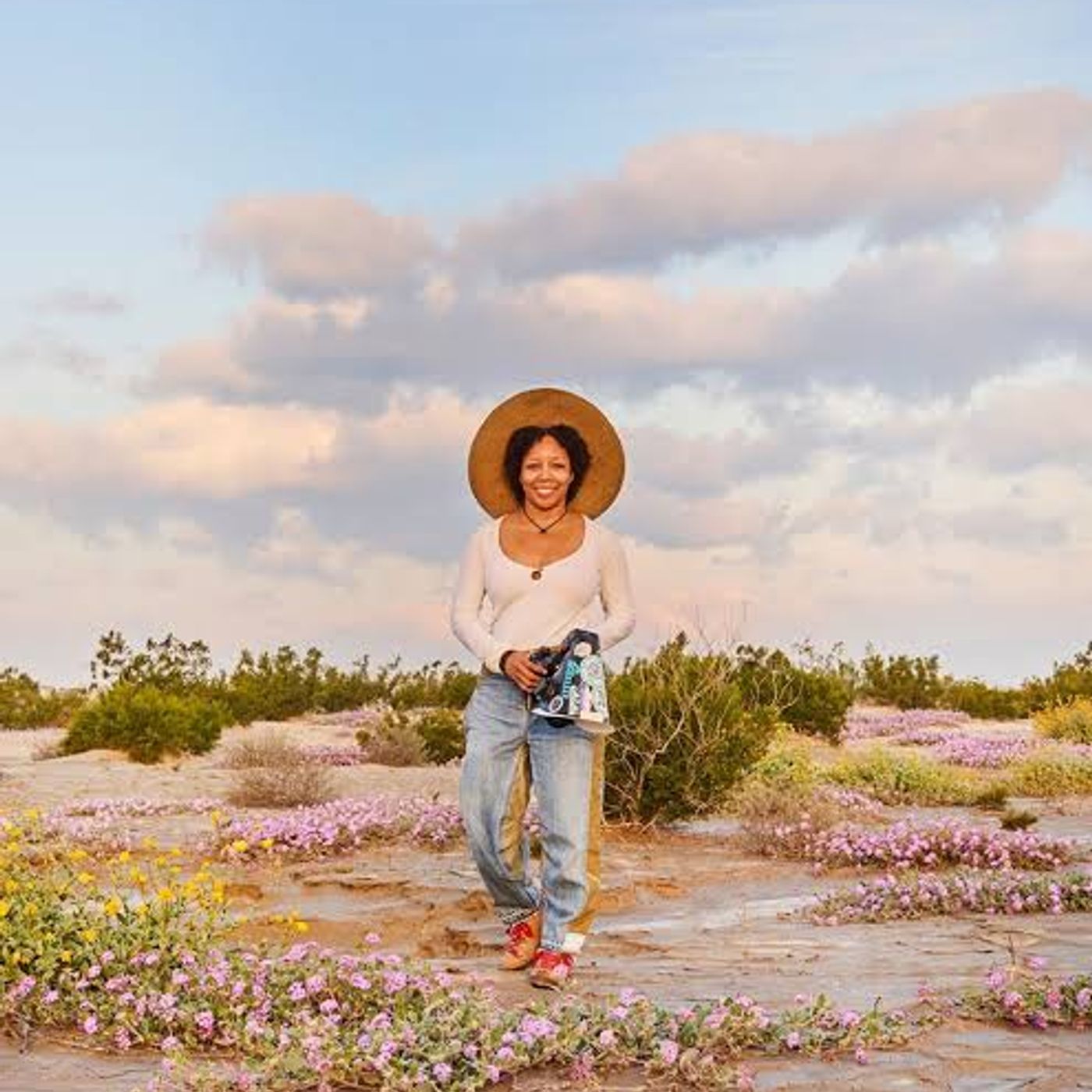
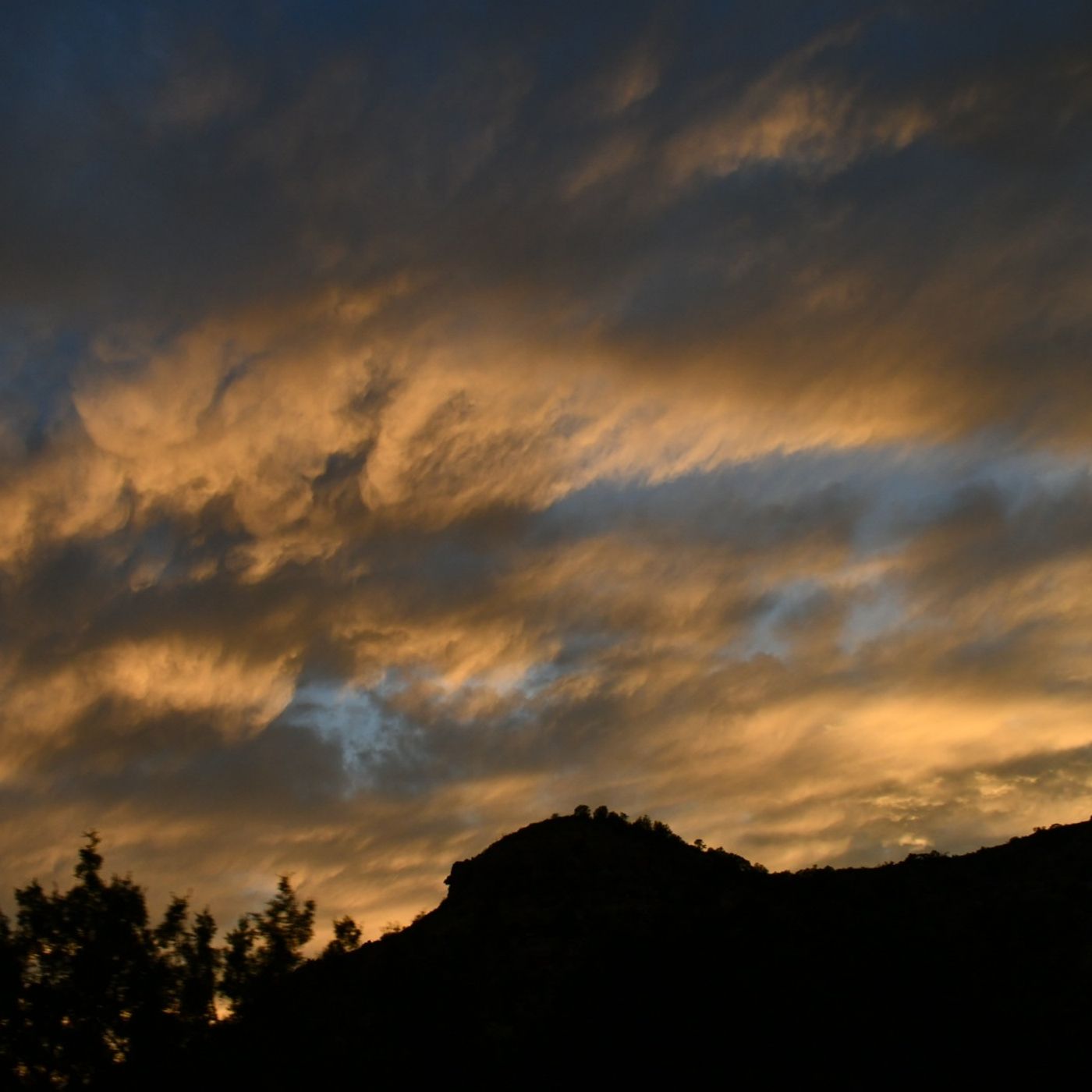
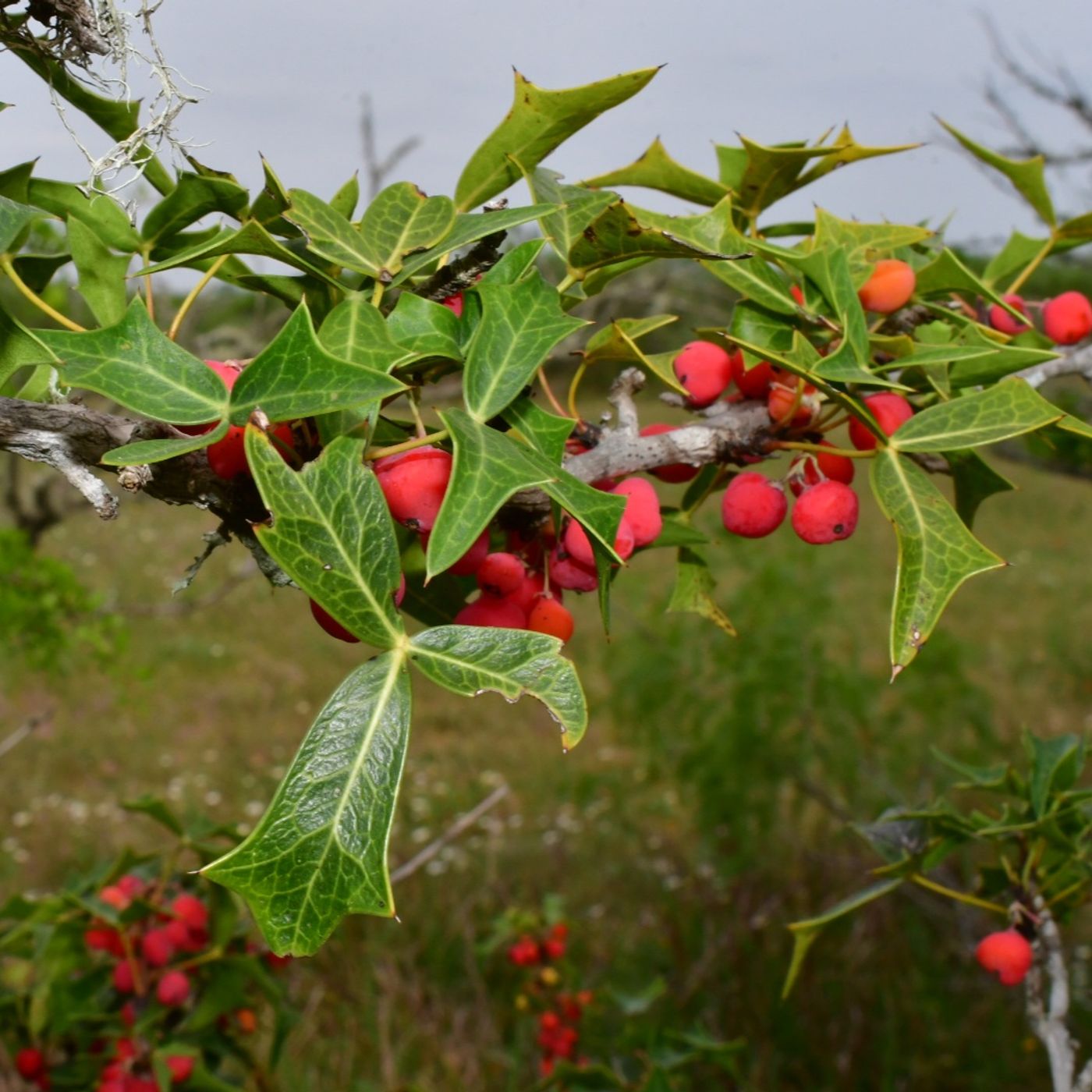
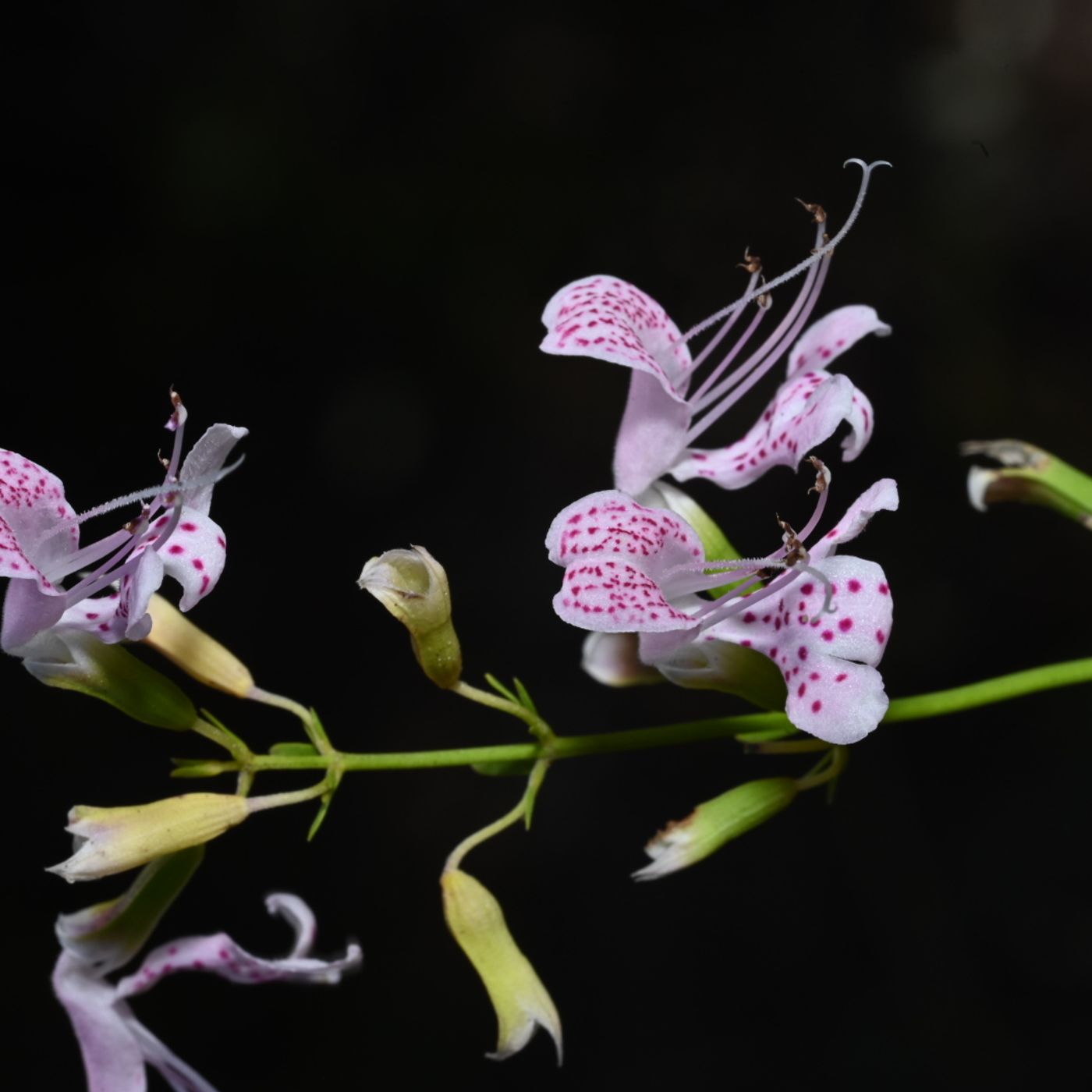

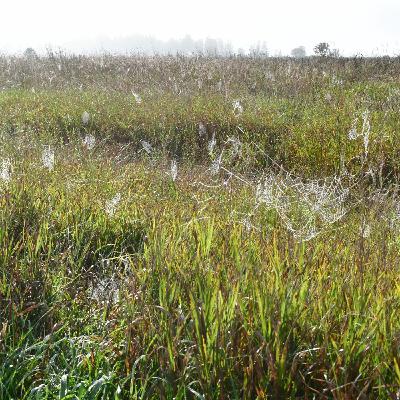
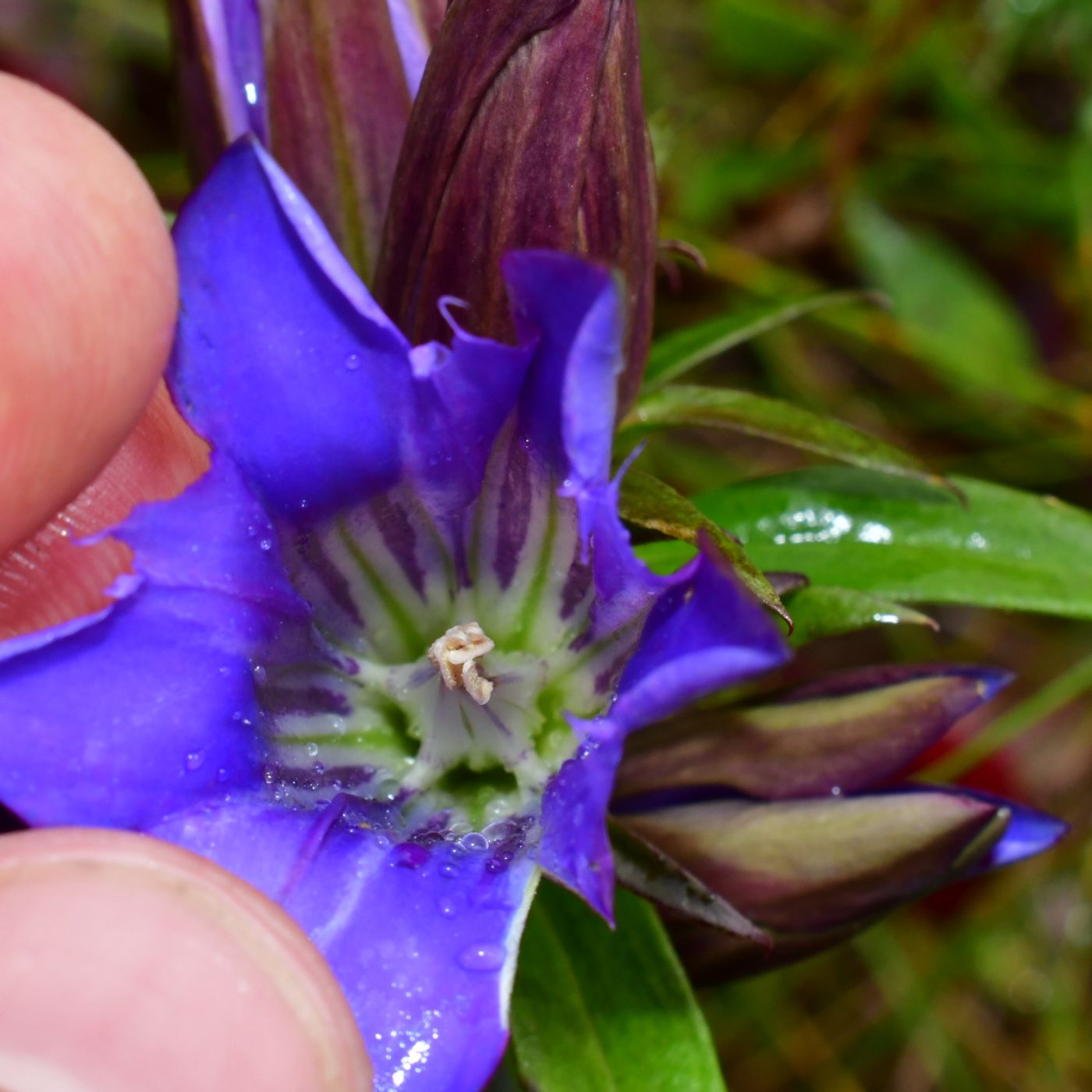

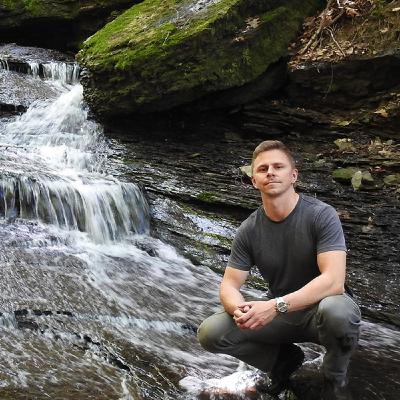
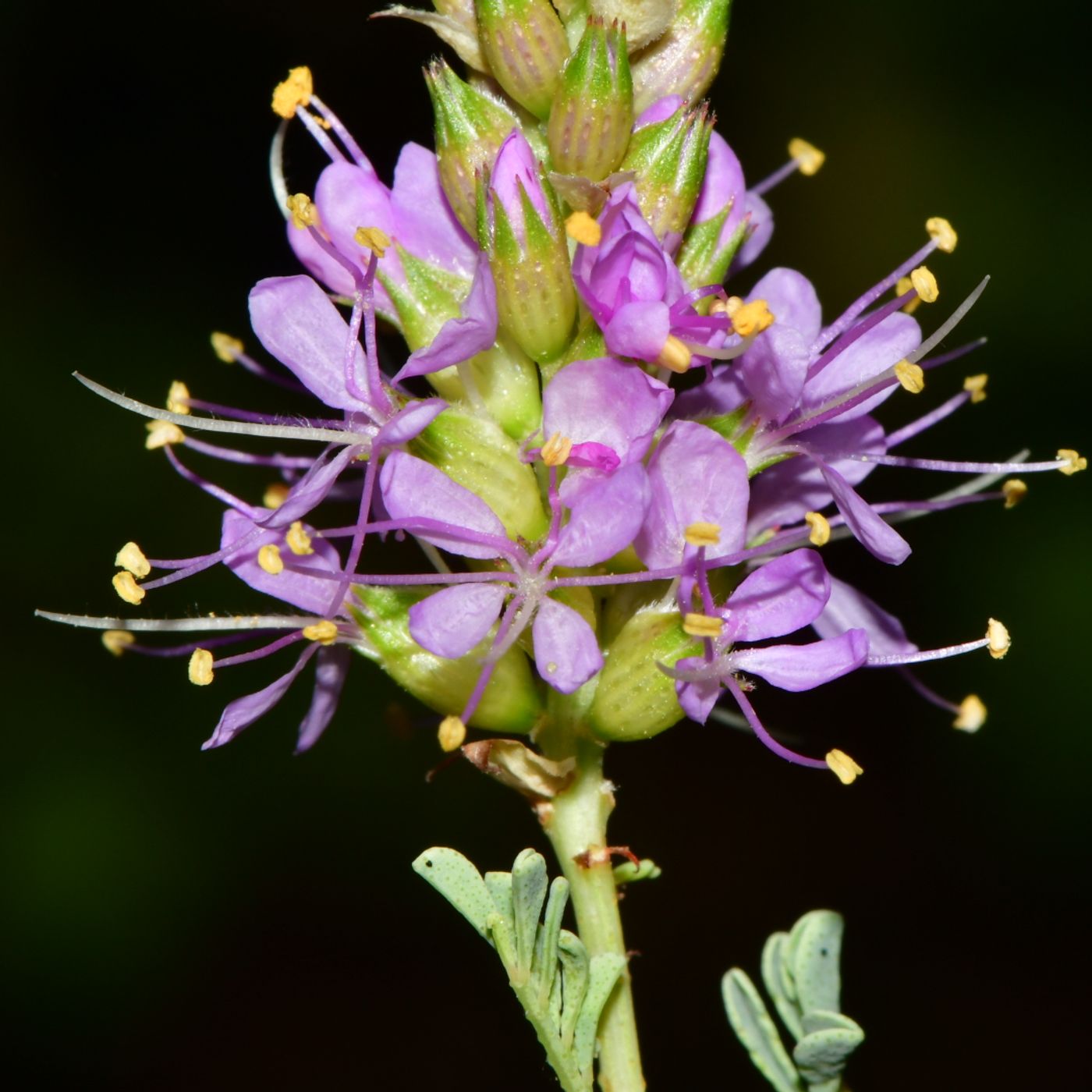
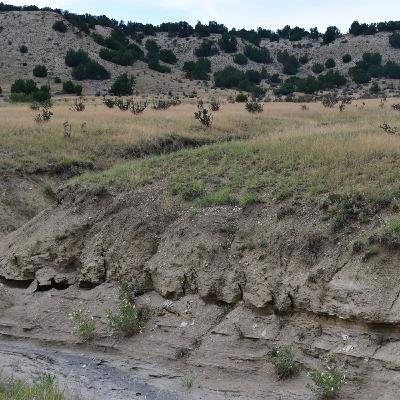
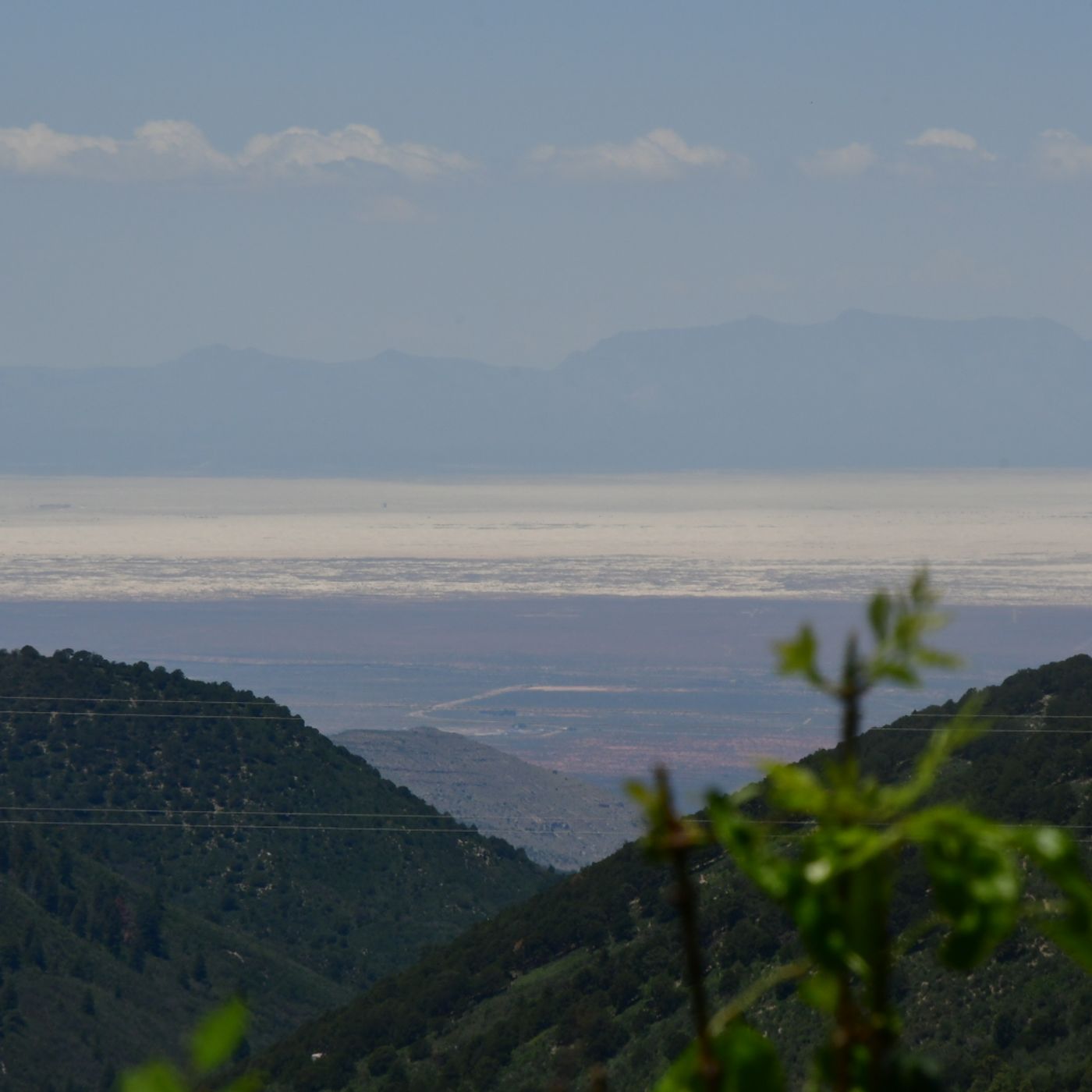
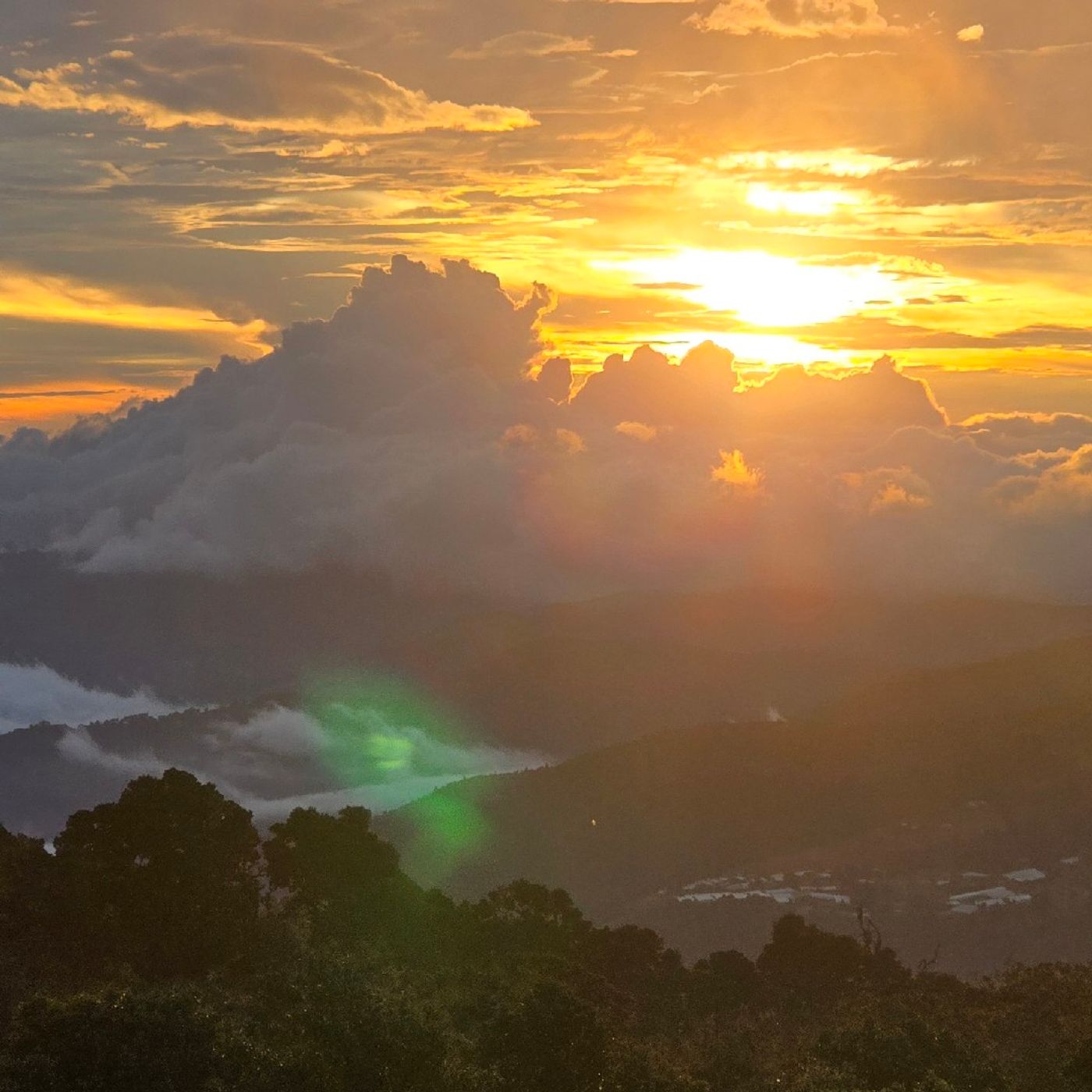
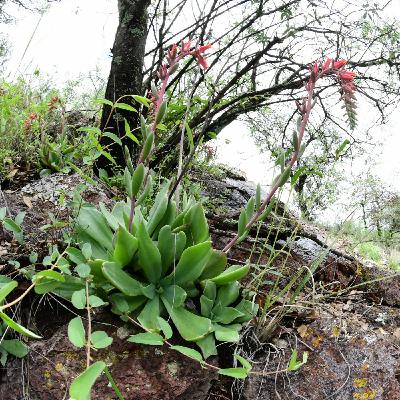



There are a few feral populations of Grindelia ciliata in NW Illinois, and eastern Iowa.
Heads up, the audio is messed up. Keeps skipping a few seconds.
Feedback surveys always help a lot to get perfect results for both the public and private sectors in taking decisions. CVS Pharmacy also trying to get feedback from its customers through CVS Pharmacy Survey. Also, they announced a $1000 reward to the participants. To win the reward, you have to take part in CVS Survey at https://www.cvshealthsurvey.blog/.
Excuse me while I'll be extremely skeptical of a psycho therapy that has a pseudo religious zeal surrounding it.
I love that part of your intro is just rating libraries.
good stuff, need a visuals to go with this, a pic of each the species named.....you should think about making vids Joey, i think youd do well 😉
Joey: she sends me mean poetry... I sent her green eggs and ham Me: dies laughing, you asshole, I love it
lots of algae in Antarctica :)!
dont lose hope joe and all those reading this. Keep fighting :)
I've listened to all the episodes of this real nice pod in the last week while working my side hustle, maintaining rich hippies' fancy gardens. I'm a listener coming over from In Defense of Plants, my other favorite plantcast. I'm glad I'm not the only botany nut who hates herbalism, preachy vegans, and yoga pants. Love the rants, love the geology, and most of all, love the botanical passion!